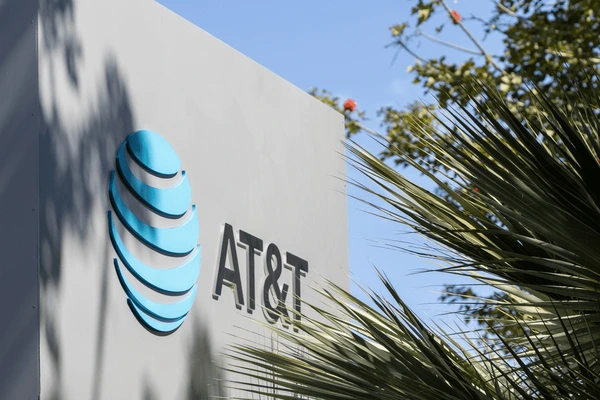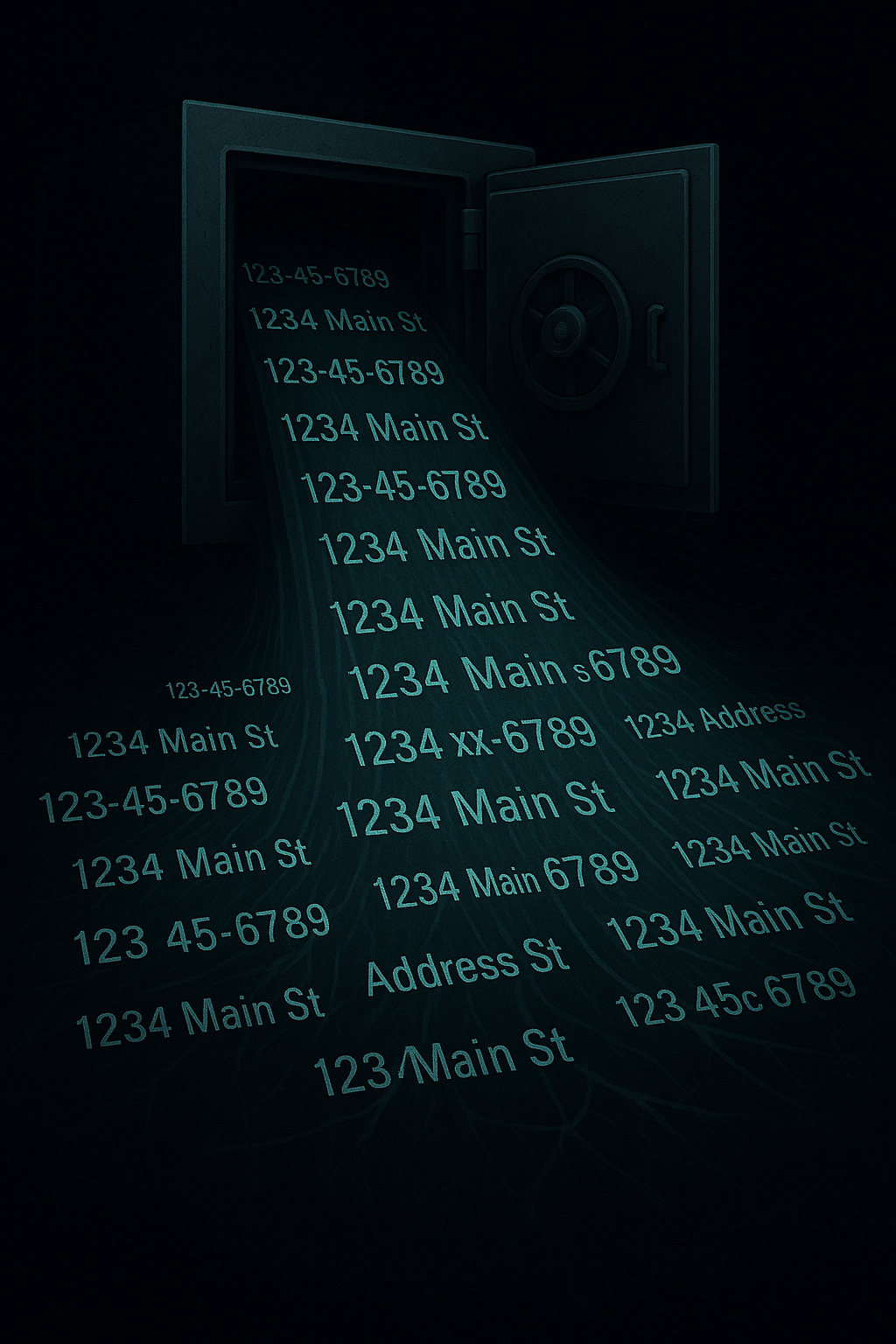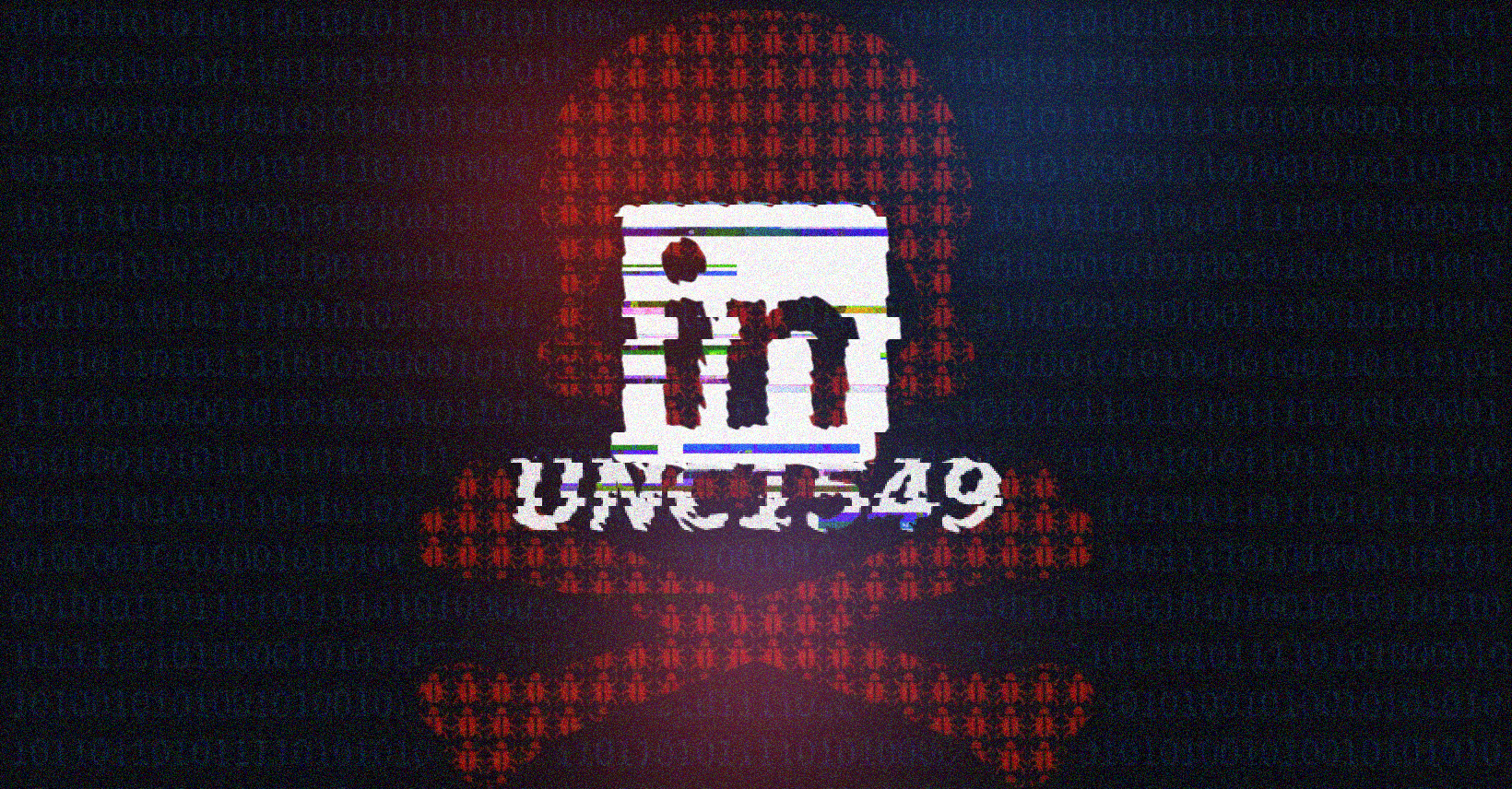In June 2025, a colossal AT&T data leak rocked the cybersecurity world, with 86 million customer records surfacing on a dark web forum. Packed with names, Social Security numbers, birthdates, and addresses, this structured dataset is a goldmine for identity thieves and social engineers. Here’s a look at how this breach unfolded, why it’s a nightmare for consumers, and what cybersecurity pros can do to limit the damage.
The Breach: A Dark Web Treasure Trove
Hackers dropped a bombshell on a Russian cybercrime forum in May 2025, leaking 86 million AT&T customer records, including 44 million Social Security numbers, all in plain text. First posted on May 15 and re-uploaded June 3, the data—originally from a 2024 breach tied to the ShinyHunters group—includes names, emails, phone numbers, and addresses, neatly formatted in CSV for easy exploitation. Hackread confirmed the dataset’s authenticity, noting its structured layout makes it a dream for criminals Hackread.
AT&T insists this isn’t a new breach but a repackaged version of a 2024 leak, likely from a Snowflake cloud vulnerability. They notified affected customers last year, offering credit monitoring and identity theft protection. Still, the dataset’s re-release in a clean, usable format amps up the threat. A hacker with your SSN and birthdate can open credit lines or pull off SIM-swap scams in minutes. This isn’t just data—it’s a playbook for fraud.
Fallout: Identity Theft and Eroding Trust
The AT&T data leak is a perfect storm for identity theft. With 44 million SSNs exposed, criminals can craft convincing social engineering attacks, posing as banks or even AT&T to trick users into sharing more info. A 2024 Verizon breach showed how leaked PII fueled phishing campaigns, with victims losing thousands to fake support calls. This breach could dwarf that, as structured data lets attackers automate fraud at scale SecurityWeek.

Consumers are rattled. An Ohio customer’s class-action lawsuit claims AT&T’s security lapses cost users time and money, with some facing fraudulent charges. Trust in telecom giants is crumbling—posts on X show users switching providers, fed up with repeated breaches. AT&T’s earlier 2024 leak of 73 million records didn’t help, and this re-release only deepens the skepticism. This massive leak isn’t isolated—it’s part of a broader wave of credential dumps flooding dark web forums in 2025. How do you trust a company when your SSN is floating online?
Locking Down the Damage: Cybersecurity Fixes
Cybersecurity pros need to act fast to counter this AT&T data leak. Start by pushing multi-factor authentication (MFA) across all platforms, ideally using authenticator apps, not SMS, which SIM-swap attacks can bypass. Encourage users to freeze credit with Equifax, Experian, and TransUnion to block fraudulent accounts. Tools like Pentester’s breach checker can help users confirm if their data’s exposed Pentester.
Businesses should ramp up dark web monitoring with services like Flashpoint to catch leaked data early. Train employees to spot phishing emails—attackers armed with PII can craft scarily convincing fakes. AT&T’s response, including a $370,000 ransom payment to delete data, shows containment is possible but messy. Pros should also push for zero-trust systems, verifying every user and device.





